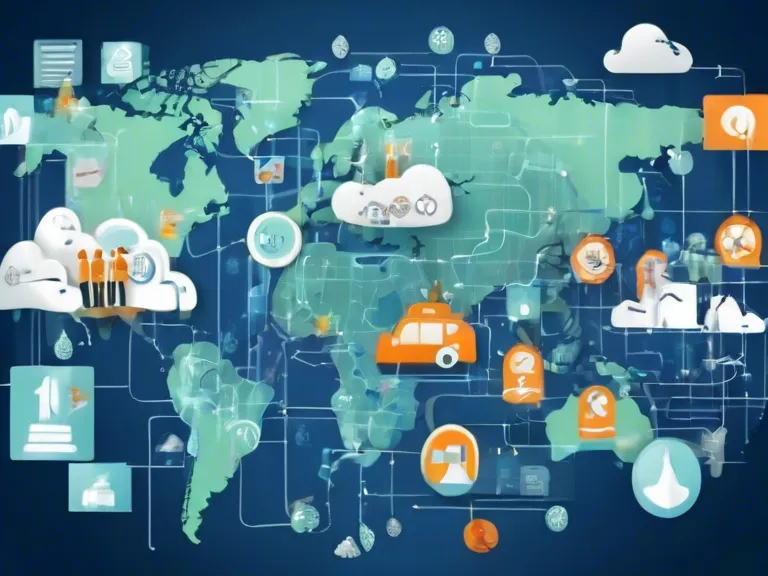
Real-Time Data Integration for Effective Disaster Management
Disaster management is a crucial aspect of emergency response, where timely and accurate information can mean the difference between life and death. Real-time data integration plays a vital role in ensuring effective disaster management, as it enables decision-makers to access and analyze information as events unfold.
One of the key challenges in disaster management is the sheer volume and variety of data sources that need to be monitored and analyzed. From weather sensors to social media feeds, there is a wealth of information available during a crisis. Real-time data integration allows organizations to aggregate and analyze this data from disparate sources, providing a comprehensive picture of the situation on the ground.
By integrating real-time data, disaster management teams can quickly identify trends and patterns that may indicate the likelihood of a disaster or help predict its impact. For example, by analyzing weather data in real-time, organizations can anticipate severe weather events such as hurricanes or floods and take proactive measures to mitigate their effects.
Furthermore, real-time data integration enables organizations to quickly disseminate critical information to first responders and the public. By integrating data from social media, news outlets, and emergency response teams, organizations can provide up-to-date information on evacuation routes, shelter locations, and emergency services.
In conclusion, real-time data integration is a critical component of effective disaster management. By aggregating and analyzing data from multiple sources in real-time, organizations can make informed decisions, anticipate disasters, and respond more effectively to emergencies. Investing in real-time data integration capabilities is essential for ensuring the safety and well-being of communities in the face of disasters.



